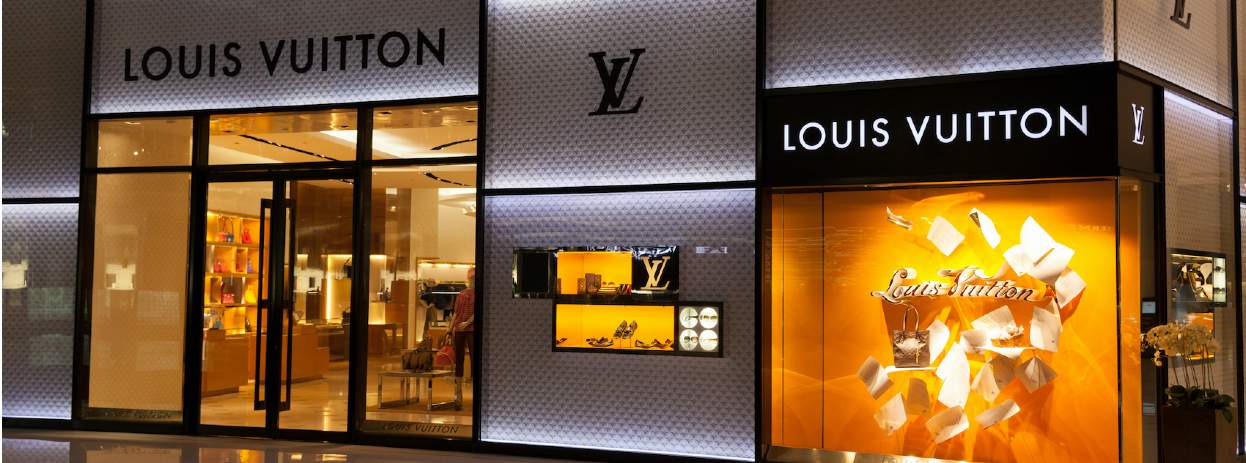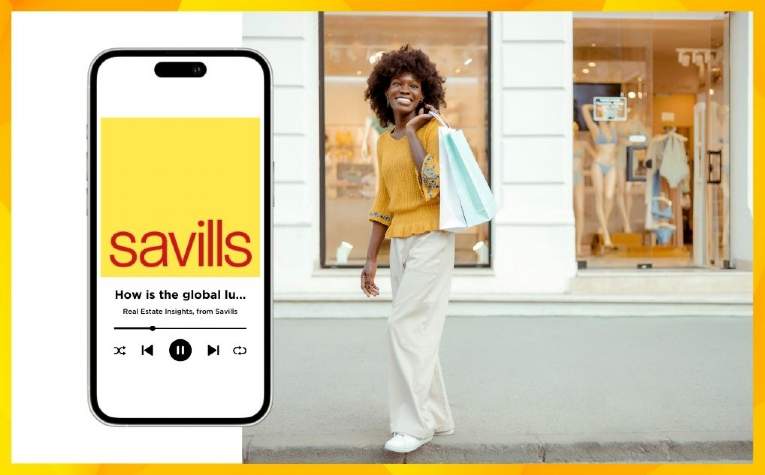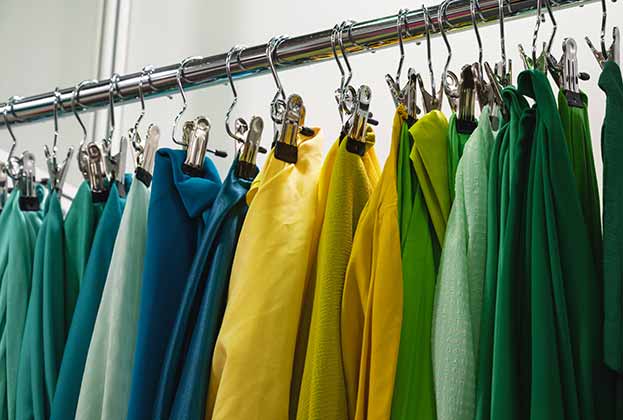Luxury fashion does extremely well during the boom years and in the last decade we have seen several mergers and acquisitions within the industry, a number of brands expanding into new territories and smaller labels breaking through.
However, since the start of the Covid-19 outbreak, the luxury retail market has been severely affected. With China representing 30 per cent of all global luxury consumers and contributing to two thirds of its growth, the sector has quickly felt the pain of coronavirus.
When the outbreak first began to take hold, consulting business BCG estimated that the market would suffer $40 billion worth of losses this year. However, more recently this has been revised to losses of $85-$120 billion, equating to around 29.2 per cent of the whole luxury market.
There are a number of elements that contribute to this predicted sales decline, but a major factor set to rock the luxury market globally is the significant restrictions on travel, which are looking likely to continue for some time.
The luxury fashion industry relies so heavily on travel, with tourism spending being a huge source of income. In fact, a global survey by Nielson in 2018 found that 63 per cent of millennials purchased a premium or luxury item when travelling, and 28 per cent of those said that the purchase was ‘impulsive’.
In addition, the annual calendar for the industry revolves around fashion shows and influencer trips to promote specific brands and campaigns. This begs the question: how will brands adapt and lead their campaigns for the remainder of the year when their previous strategies are clearly off the cards?
While different in many ways, when SARS hit China in 2003 we saw online travel site Trip.com’s revenue in China decrease by 42 per cent in the second quarter, but then bounce back by 196 per cent in the third quarter when the implications of the virus had calmed. We may see the same pattern emerge with Covid-19, albeit with a longer and more drawn out timeline, meaning that travel may peak at higher levels in 2021. Clearly, however, the longer the impact on people’s incomes is drawn out, the more likely it is that travel or luxury sales may not bounce back as strongly as we saw post SARS.
A final point is that as travel bans are enforced around the world, we are likely to see acceleration in domestic luxury spending in China. It was anticipated in 2019 that 50 per cent of Chinese luxury spending would be domestic by 2025, but it is probable that Covid-19 may now fast forward this process.
This is no doubt a turbulent time for luxury brands, but those that have focussed on digital strategies will be able to continue engagement with their consumers during these difficult times. Equally, efficiently managed supply chains will ensure that as luxury spending returns to China, and then to other parts of Asia, the products will be there to meet demand as customers begin to loosen their purse strings.
Further information
Contact Savills Central London Retail

.jpg)



.jpg)




